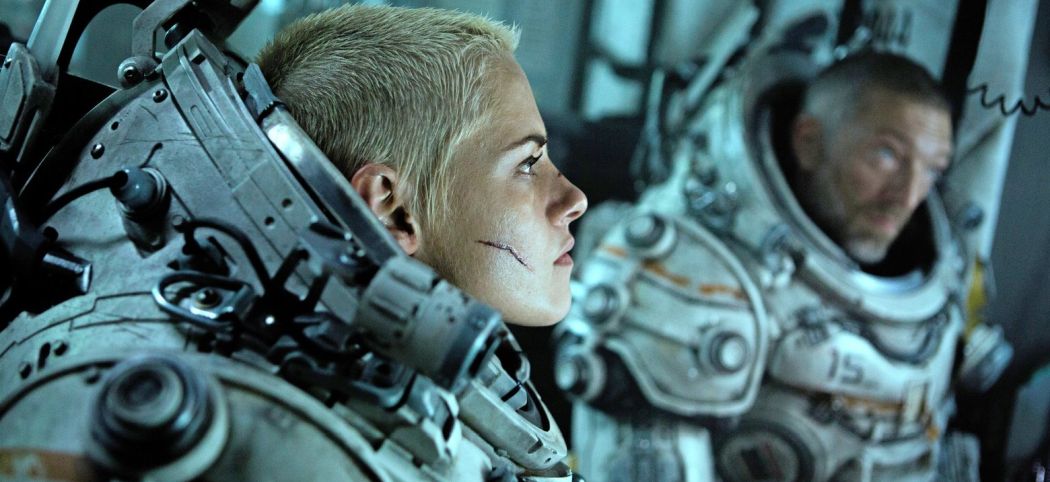★★★
“Raiders of the Lost Monte Cristo Ark”
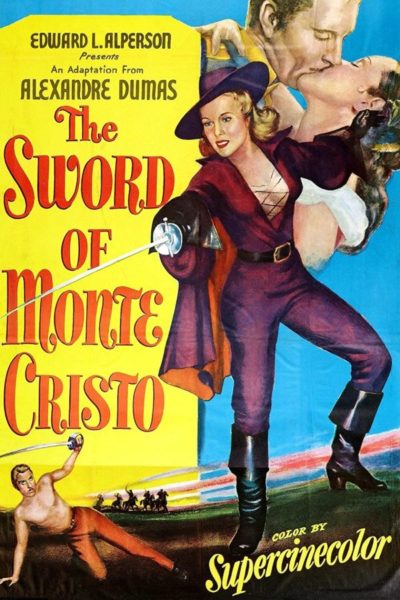 This 1951 movie is a bit clichéd. But then one has to consider that a lot of these weren’t clichés at the time the movie was made. That said, you will find everything here that you might expect from such a movie: A good king, his evil scheming brother who wants his throne, a dashing captain who has his way with the ladies, revolting citizens, a hidden treasure and a beautiful lady.
This 1951 movie is a bit clichéd. But then one has to consider that a lot of these weren’t clichés at the time the movie was made. That said, you will find everything here that you might expect from such a movie: A good king, his evil scheming brother who wants his throne, a dashing captain who has his way with the ladies, revolting citizens, a hidden treasure and a beautiful lady.
Though, and this is where the film diverts from the usual formula, said lady is actually the hero. Countess Christianne (Corday) is supporting the oppressed farmers and citizens against the dictatorship of King Louis Napoléon (the II. or the III.? I don’t know.) in 1858. But truth is Louis (David Bond) is not the real villain here, he was placed in the position of the king due to his brother, Charles LaRoche (Kroeger), because only someone named Napoleon was entitled to become king. LaRoche is the one who’s actual actions terrorize the people.
In secret, LaRoche is planning to overthrow Louis’ government and replace his ministers with people who serve and obey him. Lady Christianne wants to use the famous treasure of the Count of Monte Cristo (who was a friend of her late father) to finance the revolution, since the citizens and farmers have no means to buy weapons. When LaRoche finds out about that treasure, he imprisons Christianne’s uncle and tries to find out the secret code (embedded in Monte Cristo’s famous sword) that will lead him to the treasure.
Well, this is definitely not an adaptation of the Count of Monte Cristo novel by Alexandre Dumas as the title claims. As a matter of fact, it just uses the famous name, probably hoping to dupe audiences into believing they would see something based on the literary source. Casual name dropping is so much fun (e. g. Lady Christianne has a very big dog that she calls “Richelieu”!). It’s of course a typical product of its time, somewhere between the pirate movies, that were already on their way out of Hollywood, and before the glut of biblical epics that would soon invade the silver screens.
In Germany we call that genre “coat and sword“, I think in English it’s being called “cloak and dagger“? [Jim: I think those are more like spy movies: these would be… swashbucklers?] At that time these kind of historical adventure movies were very much en vogue. In 1948 The Three Musketeers with Gene Kelly had come out, and in 1952 Stewart Granger cemented his star status with Scaramouche. What makes this film stand out (and qualifies it for inclusion on this site) is the already mentioned fact that “Countess Christianne“ is the main hero here. In dark garb, she rides through the night, persuading the citizens who have almost given up on their revolt to continue the good fight, and appears with her large black hat and mask like a female version of Zorro.
Yes, the movie can’t entirely escape the attitudes of its time: There is the dashing charming Captain Renault (Montgomery) who, in a running gag, can’t for the life of him remember the name of the bar maid, with whom he obviously once had an affair. He seemed to have had quite a number of them. And of course, he’s attracted to Lady Christianne.
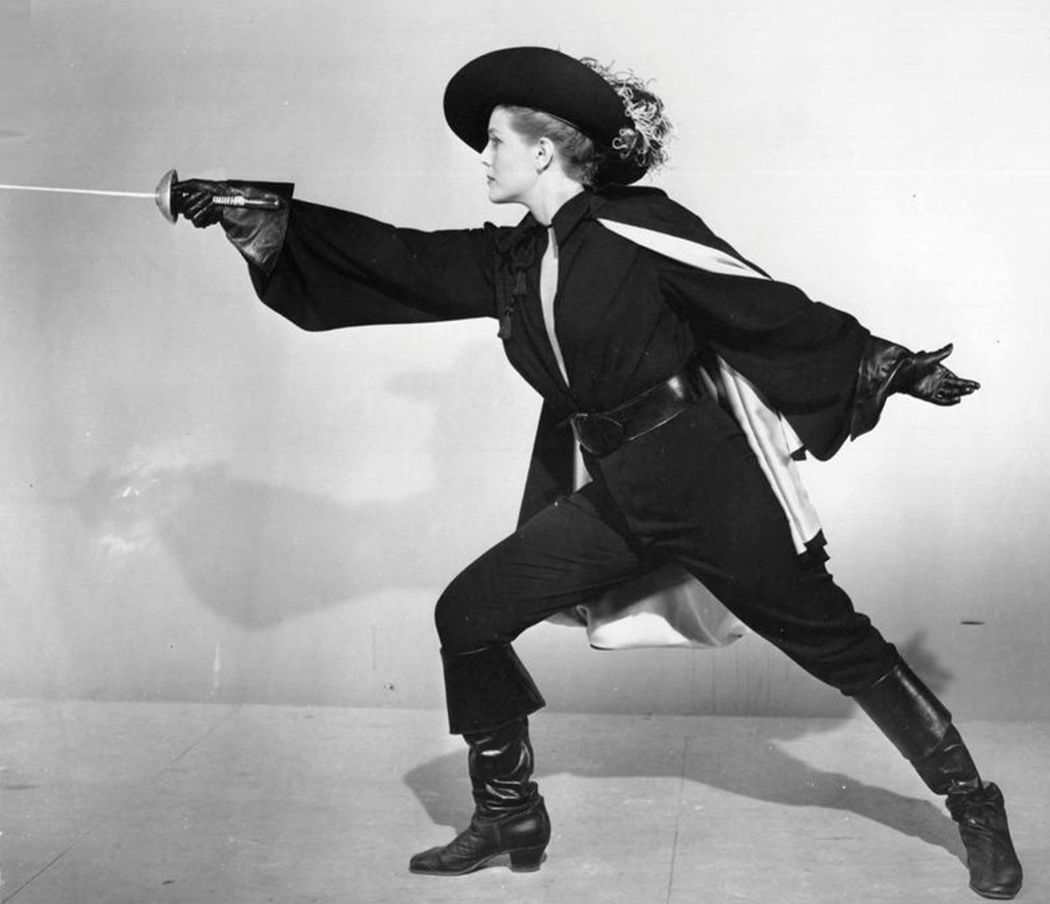 When he enters her private rooms, after she has just redressed as her normal self again, he takes – unasked – a seat and puts his shoes on the table. He also forces a kiss on Lady Christianne. When she snaps, “You don’t behave like a gentlemen should!“ he answers, “Well, you don’t behave like a woman should!“ You are left a bit baffled wondering how women in 1951 were supposed to behave when being kissed involuntarily, by an unknown stranger, who just entered your home through the window? But then even her nanny seems to agree (“A young lady shouldn’t run away from a man, she should catch one!”). How things have changed since that time!
When he enters her private rooms, after she has just redressed as her normal self again, he takes – unasked – a seat and puts his shoes on the table. He also forces a kiss on Lady Christianne. When she snaps, “You don’t behave like a gentlemen should!“ he answers, “Well, you don’t behave like a woman should!“ You are left a bit baffled wondering how women in 1951 were supposed to behave when being kissed involuntarily, by an unknown stranger, who just entered your home through the window? But then even her nanny seems to agree (“A young lady shouldn’t run away from a man, she should catch one!”). How things have changed since that time!
Though, the Captain (to whom Lady Christianne is of course attracted to) is not really on the side of evil LaRoche. He is just bound by duty and will, in the end fight, and kill LaRoche as you expect from a man in love with the beautiful lady. So there is hope for this guy! The movie’s budget and time must have been very limited. Essentially, the feeling is you have just 4-6 locations, with one being the local pub, another the home of Christianne and her uncle, and one some grass fields with a bit of woods between those. But the movie never gets boring. Though it’s from 1951 it has enough movement, dynamic and intrigue to keep your interest through its short 76-minute run time.
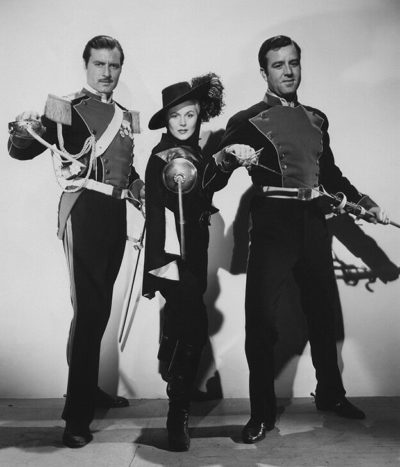 Countess Christianne does enough riding, fencing and chandelier-swinging to be rightfully included in the genre of female action heroines. Yes, she is not alone: Captain Renault comes across like a second-class Errol Flynn, supporting her and hinting as to her “true motives“ for cross-dressing and fighting (“You don’t fight against the king! I think, you are fighting against your female nature!“). Though Renault kills the big bad, she still has a mind of her own, riding with the Royal dragoons and killing off LaRoche’s right-hand man, Major Nicolet (Conrad).
Countess Christianne does enough riding, fencing and chandelier-swinging to be rightfully included in the genre of female action heroines. Yes, she is not alone: Captain Renault comes across like a second-class Errol Flynn, supporting her and hinting as to her “true motives“ for cross-dressing and fighting (“You don’t fight against the king! I think, you are fighting against your female nature!“). Though Renault kills the big bad, she still has a mind of her own, riding with the Royal dragoons and killing off LaRoche’s right-hand man, Major Nicolet (Conrad).
I don’t know any of the actors in this historical adventure movie: Rita Corday was only in movies for a short time, from 1943–1954. On the other hand, Montgomery (of whom I’ve also never heard) had a very long movie career from the early 30’s to somewhere in the 80s. The only actor I recognize is William Conrad (playing the supporting role of Major Nicolet) who would later become a well-known TV-star thanks to his many series (Cannon, Nero Wolfe, Jake & McCabe). Here he is quite young but appears in good form when fencing.
Overall, Sword of Monte Cristo is a nice little classic movie that doesn’t hurt, yet isn’t a “must-see“. But considering the era it was produced in, it’s noteworthy: how many genre films do you know from this time where a female would be the main character? Though, it’s still no match for Anne of the Indies, which came out the same year.
Dir: Maurice Geraghty
Star: Rita Corday, George Montgomery, Berry Kroeger, William Conrad





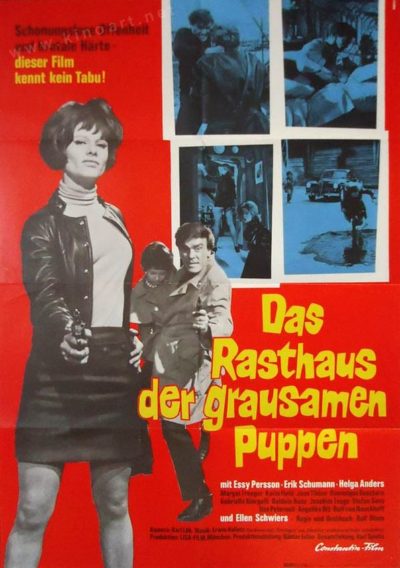 I’m usually not a too big fan of trash movies, because a lot of them are not so much trashy, as they are boring. Nevertheless, I’m always in for a good, entertaining bit of trash, as long as I don’t find it
I’m usually not a too big fan of trash movies, because a lot of them are not so much trashy, as they are boring. Nevertheless, I’m always in for a good, entertaining bit of trash, as long as I don’t find it 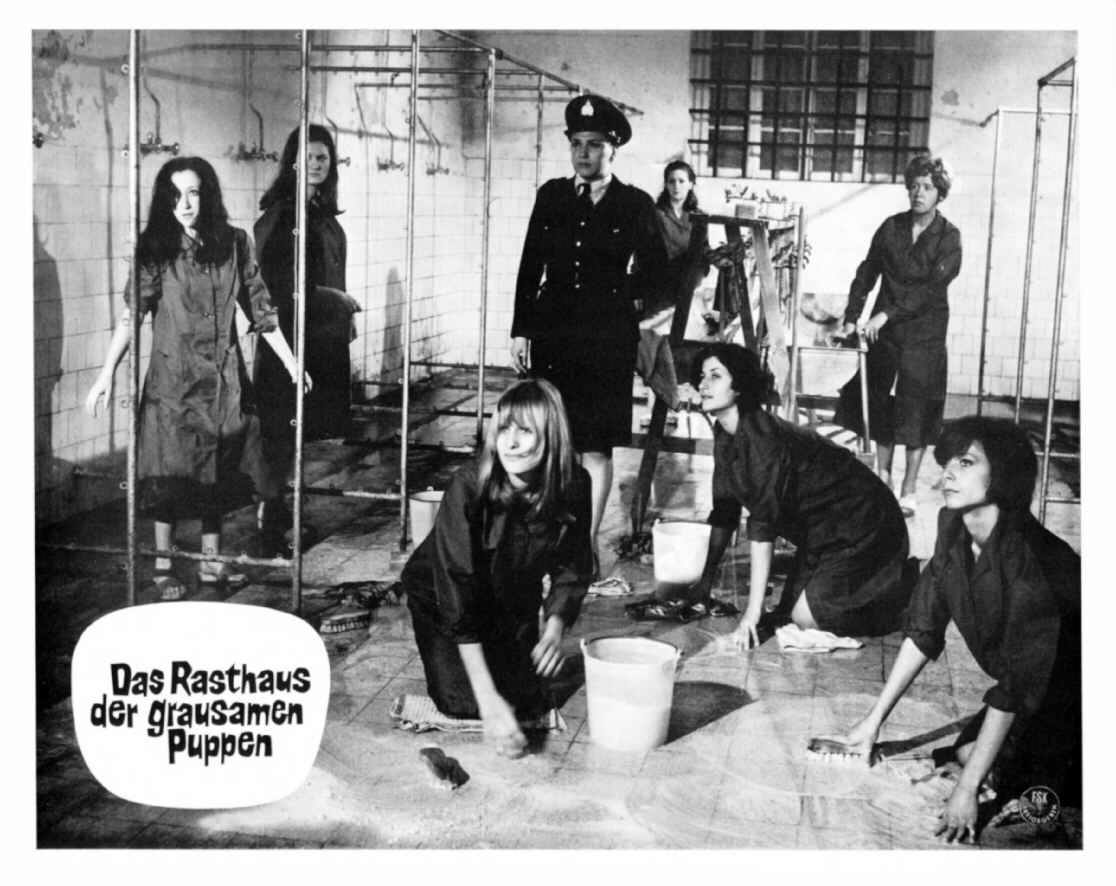 The setting and style – production design, costumes, cars – reminded me strongly of the Edgar Wallace movies. At the same time, you see women appearing as erotically as they could without ever being nude. Add to that the typical wooden acting of an Edgar Wallace movie, and you have an involuntary comedy of the highest order. I was screaming my head off because I found it hilariously stupid, especially when some of the actors tried to be “very emotional” and over-acted, without being able to be convincing. Also, I had to laugh at Betty killing off nearly everyone who has the misfortune to be in her line of fire. She is very trigger-happy and has a tendency to shoot first and ask questions… never.
The setting and style – production design, costumes, cars – reminded me strongly of the Edgar Wallace movies. At the same time, you see women appearing as erotically as they could without ever being nude. Add to that the typical wooden acting of an Edgar Wallace movie, and you have an involuntary comedy of the highest order. I was screaming my head off because I found it hilariously stupid, especially when some of the actors tried to be “very emotional” and over-acted, without being able to be convincing. Also, I had to laugh at Betty killing off nearly everyone who has the misfortune to be in her line of fire. She is very trigger-happy and has a tendency to shoot first and ask questions… never.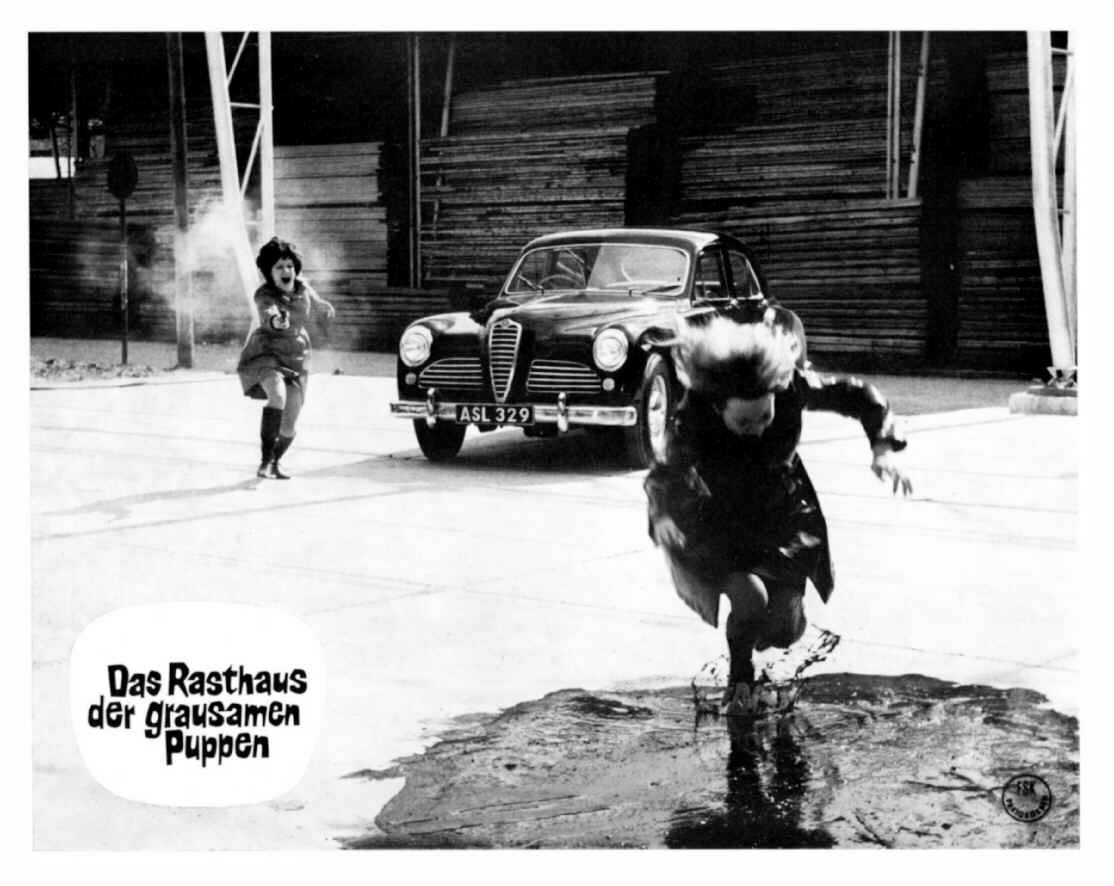 No, this is to be taken as seriously as long-running German TV series Hinter Gittern (Behind Bars), about a women prison. Which means: not at all! I always thought this genre came into existence in America in the 70s, having seen movies such as
No, this is to be taken as seriously as long-running German TV series Hinter Gittern (Behind Bars), about a women prison. Which means: not at all! I always thought this genre came into existence in America in the 70s, having seen movies such as 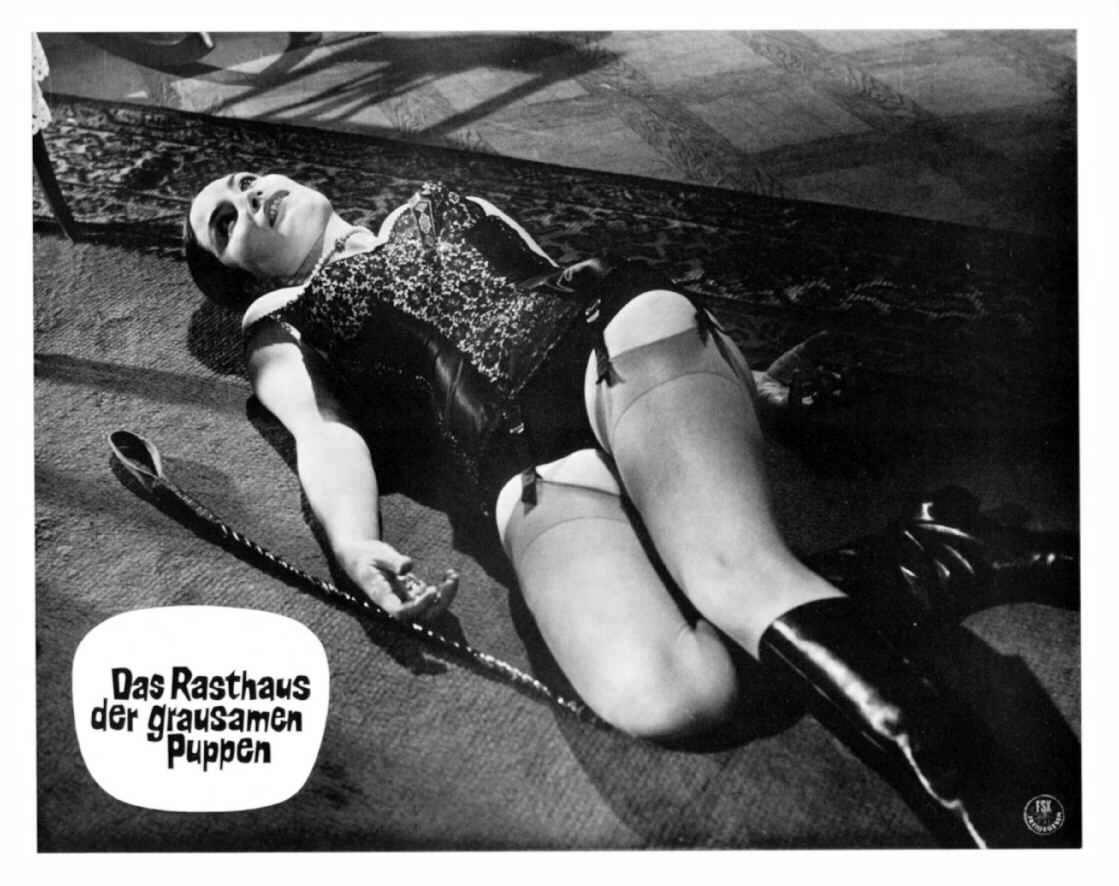
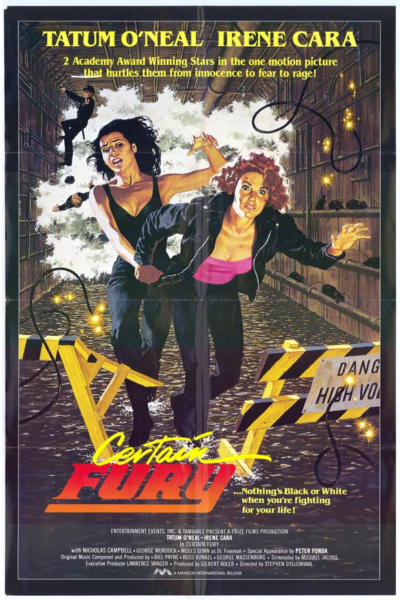 Child actors have a difficult challenge facing them when the reach adulthood. They are not the sweet kids anymore that everyone loves and wants to cuddle with. They can’t rely on the cuteness factor anymore that made them once so successful. That can lead to tragedy. How many former kid stars became drug addicts or committed suicide because they couldn’t return to that time anymore, when in a way the world was theirs? Others were smart enough to leave film business behind them and start a new career e. g. Shirley Temple. But a few of them are indeed lucky. they stay calm amidst all the thunderstorms of early successes and puberty, manage to stay relevant to audiences and even find a new footing and grown-up roles, that cement their careers as everlasting film stars. Actresses like Sophie Marceau or Jodie Foster come to mind.
Child actors have a difficult challenge facing them when the reach adulthood. They are not the sweet kids anymore that everyone loves and wants to cuddle with. They can’t rely on the cuteness factor anymore that made them once so successful. That can lead to tragedy. How many former kid stars became drug addicts or committed suicide because they couldn’t return to that time anymore, when in a way the world was theirs? Others were smart enough to leave film business behind them and start a new career e. g. Shirley Temple. But a few of them are indeed lucky. they stay calm amidst all the thunderstorms of early successes and puberty, manage to stay relevant to audiences and even find a new footing and grown-up roles, that cement their careers as everlasting film stars. Actresses like Sophie Marceau or Jodie Foster come to mind.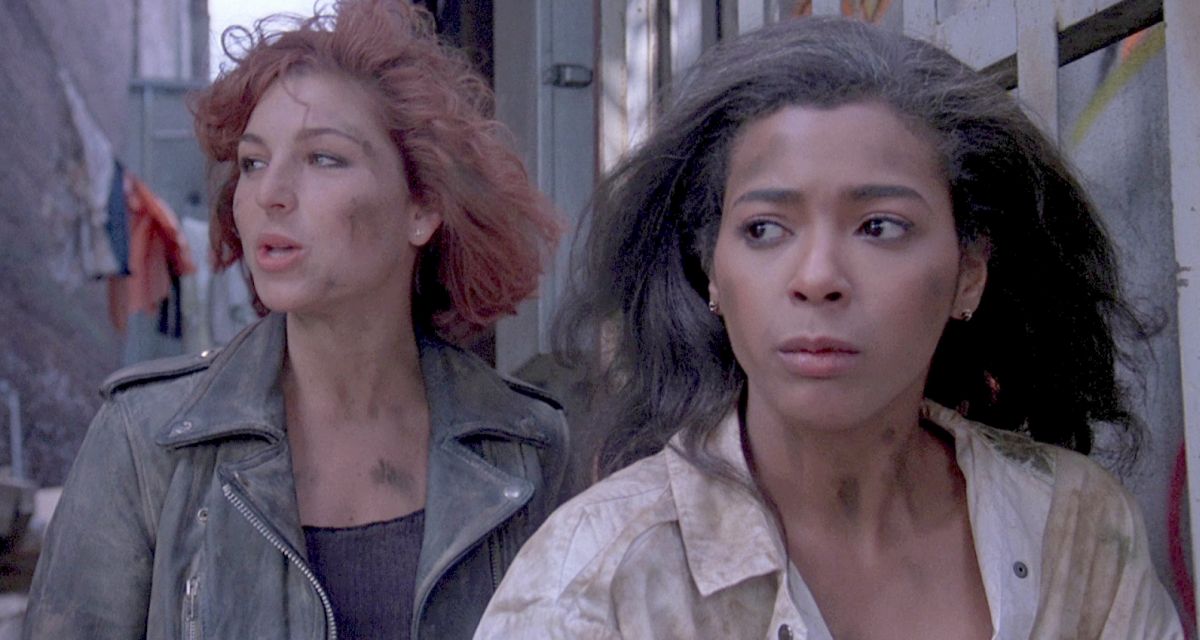 Scarlet tries her best to get help from another former lover, the arrogant, rich, criminal Rodney, who turns out to be played by Peter Fonda. Did he ever get an Oscar for one of his movies? I don’t think so. [Jim: no, just nominated for Ulee’s Gold] It’s so strange because he’s the most well-known actor in this movie. But he likes her as lttle as her other ex, and cuts her cheek with a knife. She just returns right on time to escape with Tracey before Rodney’s men arrive to get her after he made a deal with the police. Scarlet has taken some of Sniffer’s drugs and manage to sell them in what looks like a giant derelict house in the slums. It
Scarlet tries her best to get help from another former lover, the arrogant, rich, criminal Rodney, who turns out to be played by Peter Fonda. Did he ever get an Oscar for one of his movies? I don’t think so. [Jim: no, just nominated for Ulee’s Gold] It’s so strange because he’s the most well-known actor in this movie. But he likes her as lttle as her other ex, and cuts her cheek with a knife. She just returns right on time to escape with Tracey before Rodney’s men arrive to get her after he made a deal with the police. Scarlet has taken some of Sniffer’s drugs and manage to sell them in what looks like a giant derelict house in the slums. It 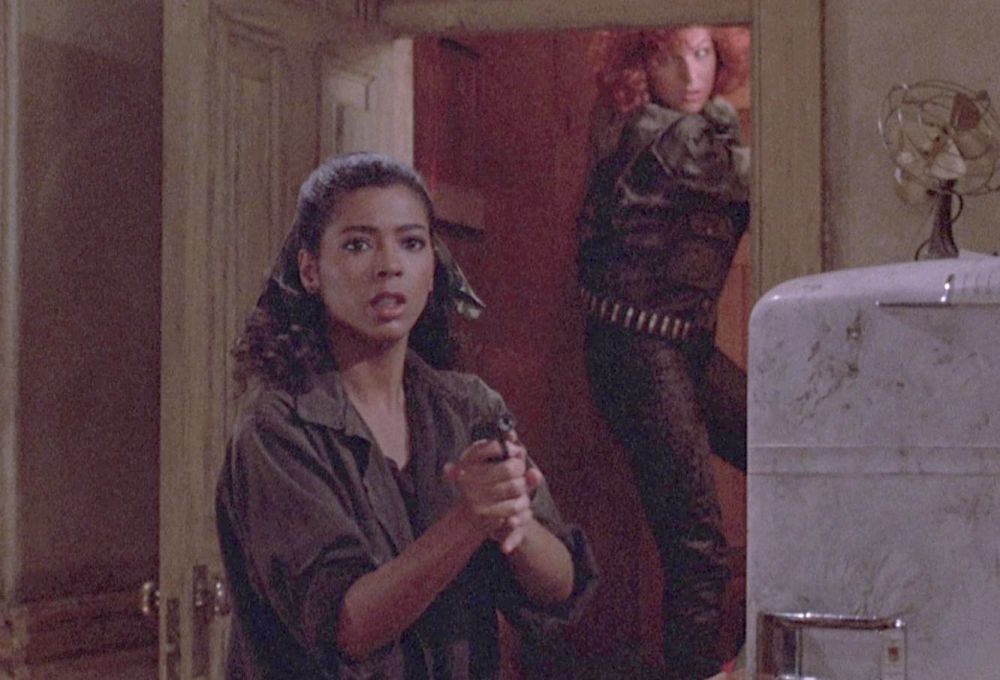 I note also obvious similarities to the Stanley Kramer-classic The Defiant Ones (1958) with Tony Curtis and Sidney Poitier. Scarlet is not nice and understanding, she is street-wise, prone to anger and absolutely insulting. Heck, she even drops the N-word to Tracey. So the inspiration is arguably there. And who knows, maybe it wasn’t an accident that a year after this movie, The Defiant Ones got an update in a 1986 television movie with Robert Urich and Carl Weathers (also a very watchable movie). [Jim: there’s also
I note also obvious similarities to the Stanley Kramer-classic The Defiant Ones (1958) with Tony Curtis and Sidney Poitier. Scarlet is not nice and understanding, she is street-wise, prone to anger and absolutely insulting. Heck, she even drops the N-word to Tracey. So the inspiration is arguably there. And who knows, maybe it wasn’t an accident that a year after this movie, The Defiant Ones got an update in a 1986 television movie with Robert Urich and Carl Weathers (also a very watchable movie). [Jim: there’s also 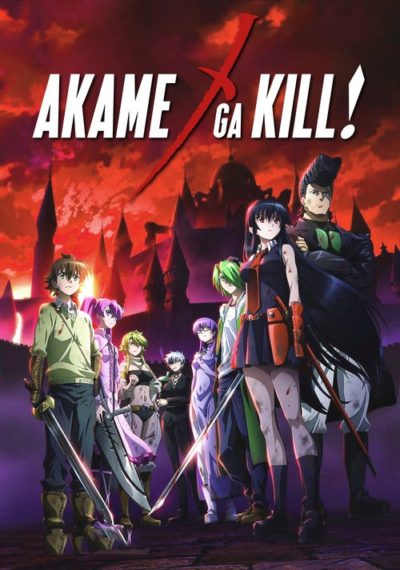
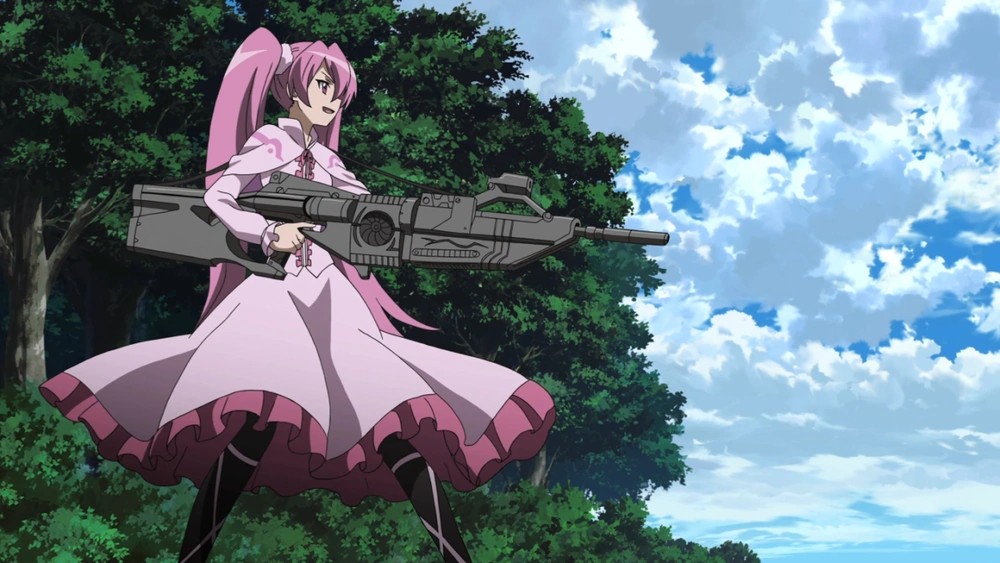
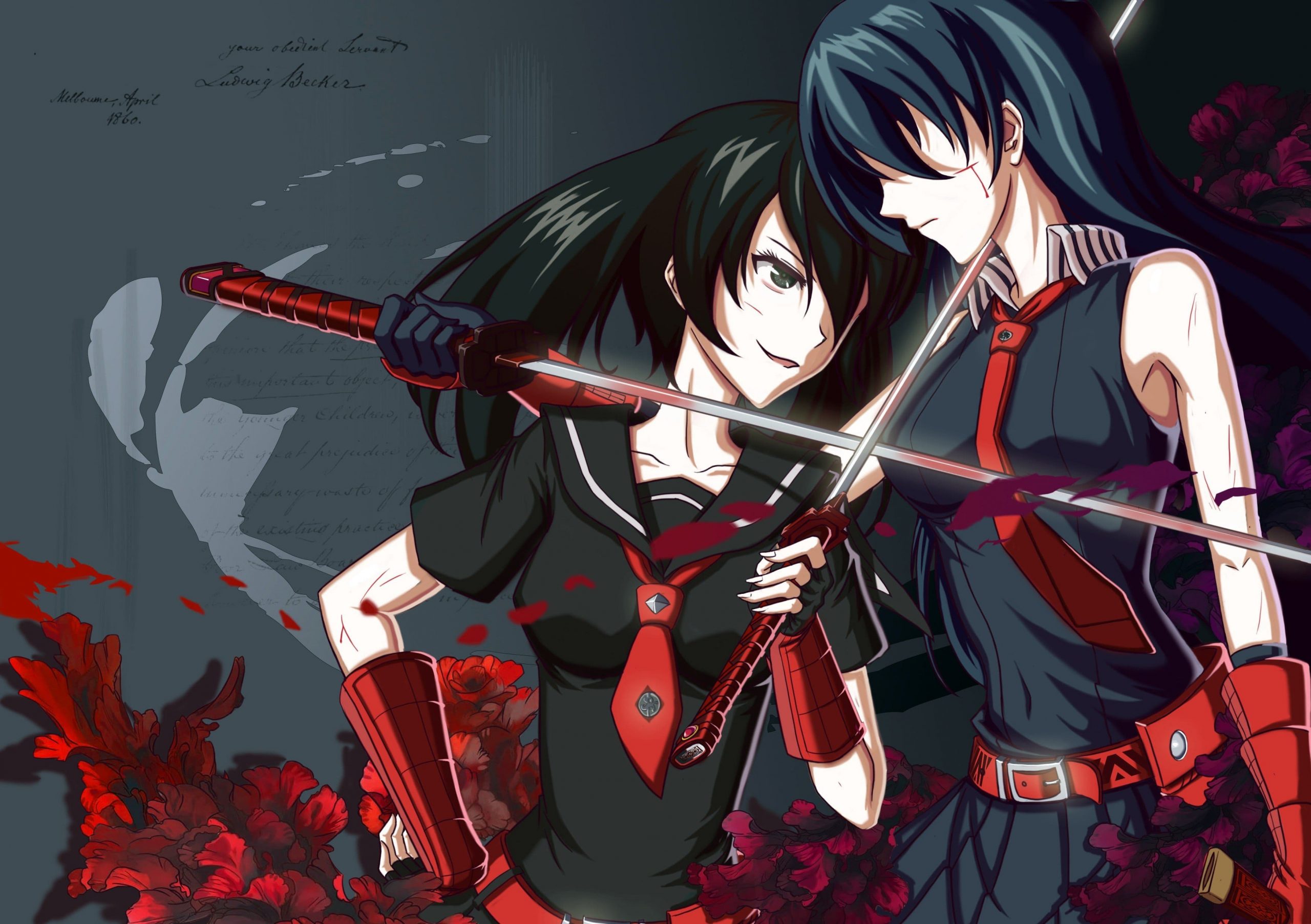

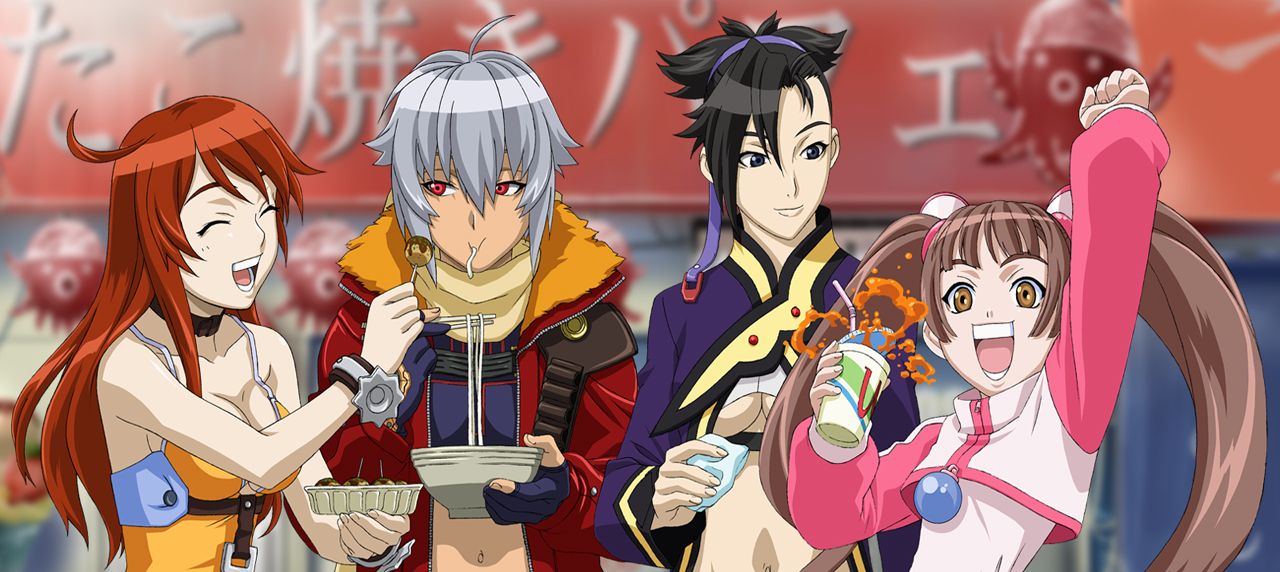

 I’m quite serious about the above. In 1959, Hitchcock’s classic psycho-thriller, which gave an entire genre its name, showed a normal, self-confident woman falling prey to a psychotic serial killer, while John Carpenter’s Halloween, also now a classic, had its heroine fighting off menace Michael Myers. In between these two iconic movies, there is not much that is worth mentioning. Some final girls in Italian gialli maybe managed to survive, I guess – but there’s nothing in big screen thrillers that the average Joe or Jane would be able to name. Except… This movie, in which blind heroine Susy Hendrix (Hepburn) is able to see through the ruses of three gangsters, fight them off, and even win in a final confrontation against evil-as-evil-can-be psycho Mr. Roat (a very young Arkin – gosh, this guy is now 86 at the time of writing).
I’m quite serious about the above. In 1959, Hitchcock’s classic psycho-thriller, which gave an entire genre its name, showed a normal, self-confident woman falling prey to a psychotic serial killer, while John Carpenter’s Halloween, also now a classic, had its heroine fighting off menace Michael Myers. In between these two iconic movies, there is not much that is worth mentioning. Some final girls in Italian gialli maybe managed to survive, I guess – but there’s nothing in big screen thrillers that the average Joe or Jane would be able to name. Except… This movie, in which blind heroine Susy Hendrix (Hepburn) is able to see through the ruses of three gangsters, fight them off, and even win in a final confrontation against evil-as-evil-can-be psycho Mr. Roat (a very young Arkin – gosh, this guy is now 86 at the time of writing).
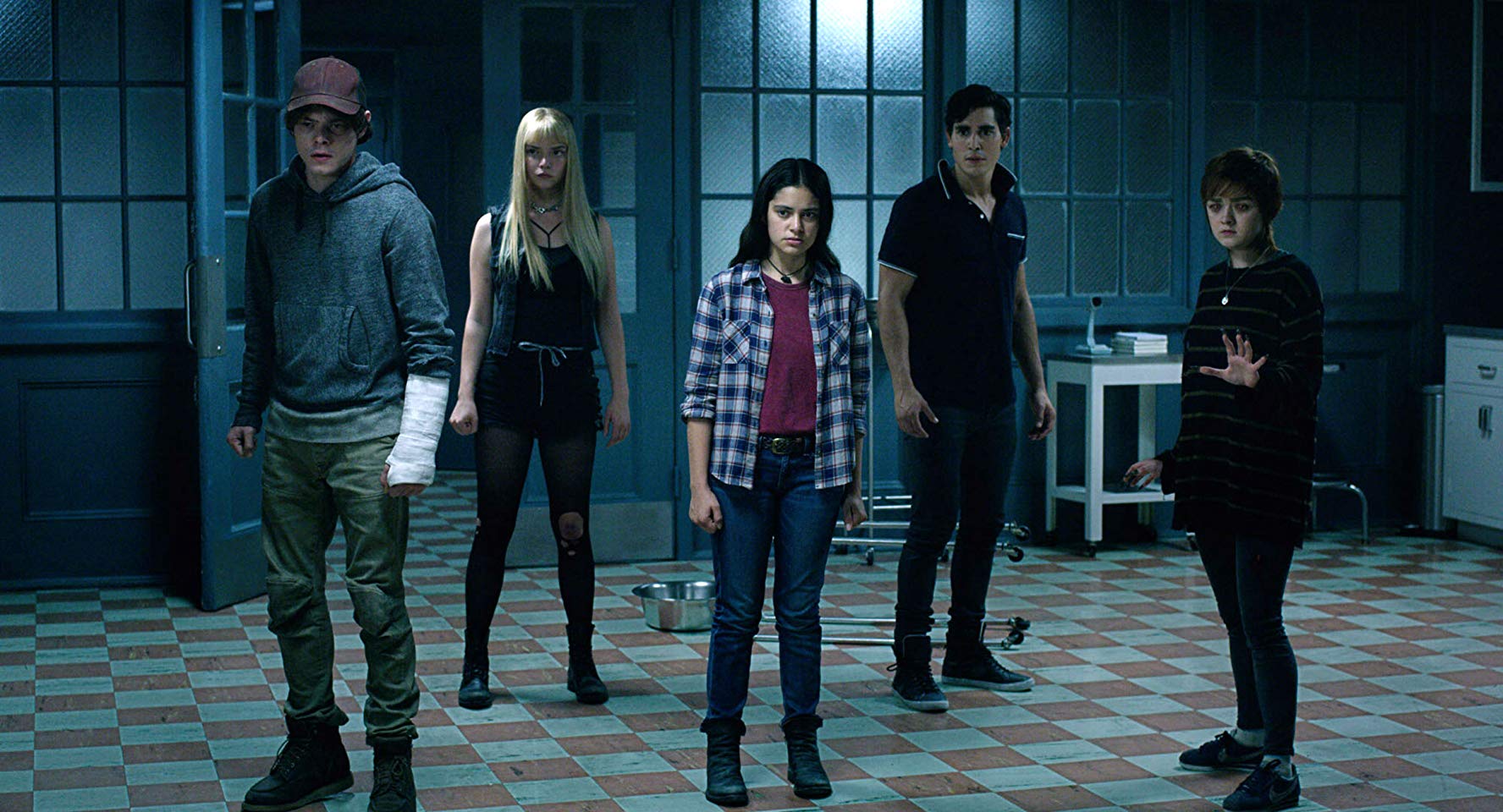 ★★★½
★★★½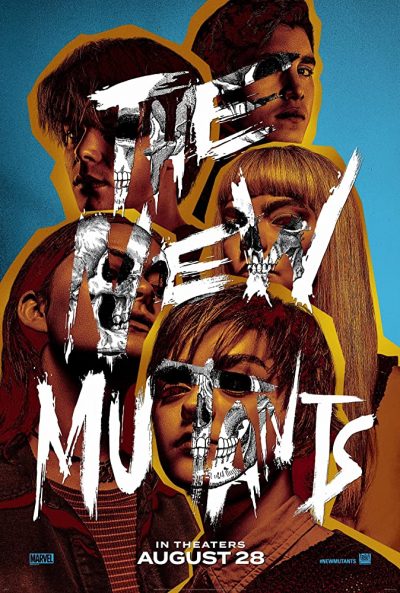 It seems to me that cinemagoers are tired of always seeing movies following the same old formula they have been watching, repeated again and again. That you can be successful by being different is proven by movies like Deadpool or Venom. The New Mutants tries to do something similar, but unfortunately, the caravan has moved on. After It and Netflix’s Stranger Things, the concept of the movie is nowhere near as original as it might have been a few years ago.
It seems to me that cinemagoers are tired of always seeing movies following the same old formula they have been watching, repeated again and again. That you can be successful by being different is proven by movies like Deadpool or Venom. The New Mutants tries to do something similar, but unfortunately, the caravan has moved on. After It and Netflix’s Stranger Things, the concept of the movie is nowhere near as original as it might have been a few years ago.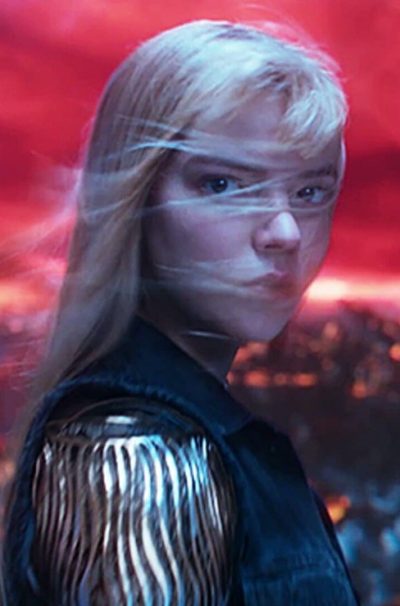 The first half of the (fortunately not-too-long) movie – I really, really hate the lengthy running time of blockbuster movies today – focuses on the five misfits, their pasts and their relationship building. The second is when the action and the CGI comes into play, though is more restrained than you may be used to in these movies. The New Mutants really feels like the intimate stage-play of X-Men films. The main inspirations, apart from those already mentioned, seem to be the psychological drama Girl, Interrupted (1999) with Winona Ryder and Angelina Jolie, as well as Buffy the Vampire Slayer – the latter is watched by the mutants a couple of times, and seems to correspond with things we see later. But, while I said that the new movie is more psychological, don’t think it’s deep, beyond “Well, I’ve got these superpowers, didn’t know how to control them, killed some people and now I’m kind of a wreck.”
The first half of the (fortunately not-too-long) movie – I really, really hate the lengthy running time of blockbuster movies today – focuses on the five misfits, their pasts and their relationship building. The second is when the action and the CGI comes into play, though is more restrained than you may be used to in these movies. The New Mutants really feels like the intimate stage-play of X-Men films. The main inspirations, apart from those already mentioned, seem to be the psychological drama Girl, Interrupted (1999) with Winona Ryder and Angelina Jolie, as well as Buffy the Vampire Slayer – the latter is watched by the mutants a couple of times, and seems to correspond with things we see later. But, while I said that the new movie is more psychological, don’t think it’s deep, beyond “Well, I’ve got these superpowers, didn’t know how to control them, killed some people and now I’m kind of a wreck.”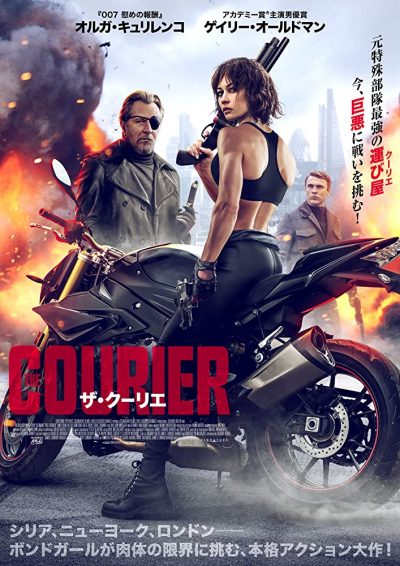 For one reason or another, in the last few years Great Britain has become the place to go for medium-budget action thrillers. Examples include the Pierce Brosnan-Milla Jovovich-actioner
For one reason or another, in the last few years Great Britain has become the place to go for medium-budget action thrillers. Examples include the Pierce Brosnan-Milla Jovovich-actioner 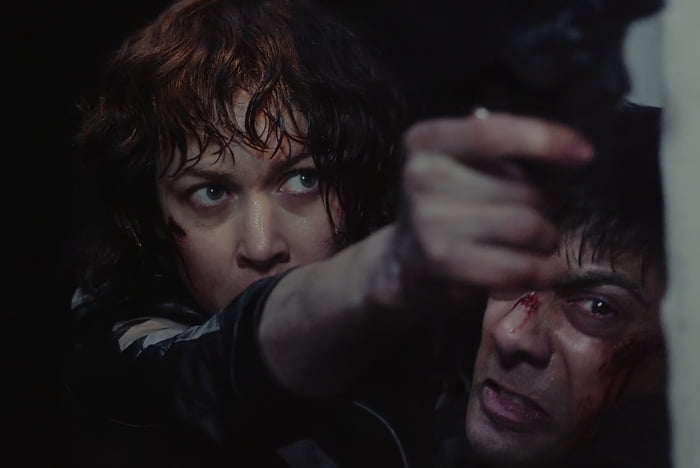 If Kurylenko’s character never reveals her name, at least some backstory is given as to why she is such a badass fighter. She used to be an Ukrainian soldier, part of a special forces battalion in Syria. After the death of her brother, she deserted and went to ground, taking menial jobs like this one. So for once we’ve got an explanation, as to why a smaller woman can take on big men who are professional killers. The fact that she is not just throwing them over her shoulder to the wall – like, let’s say, Angelina Jolie in
If Kurylenko’s character never reveals her name, at least some backstory is given as to why she is such a badass fighter. She used to be an Ukrainian soldier, part of a special forces battalion in Syria. After the death of her brother, she deserted and went to ground, taking menial jobs like this one. So for once we’ve got an explanation, as to why a smaller woman can take on big men who are professional killers. The fact that she is not just throwing them over her shoulder to the wall – like, let’s say, Angelina Jolie in 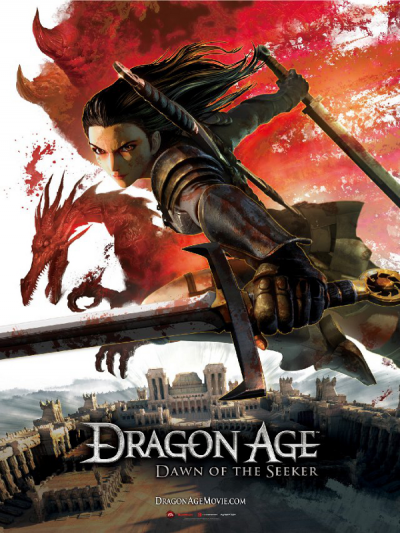 I have to start off with an important confession: I am not a gamer. I’ve never really been one. I might have played… two computer games in my entire life: “Tomb Raider 2” and “No-one Lives Forever 2”. That very special thing computer gamers experience when in front of the consoles? I’ve never felt it, it never got me. But then, I was born in the mid-70s, and this could be the territory of another generation. So maybe I’m not even qualified to evaluate a movie which was based on a computer game. On the other hand, I’m not reviewing a game here, but a film – and I think I know a fair bit about them! Hopefully, I get the details right.
I have to start off with an important confession: I am not a gamer. I’ve never really been one. I might have played… two computer games in my entire life: “Tomb Raider 2” and “No-one Lives Forever 2”. That very special thing computer gamers experience when in front of the consoles? I’ve never felt it, it never got me. But then, I was born in the mid-70s, and this could be the territory of another generation. So maybe I’m not even qualified to evaluate a movie which was based on a computer game. On the other hand, I’m not reviewing a game here, but a film – and I think I know a fair bit about them! Hopefully, I get the details right. The story was smarter than I thought it would be, having ordered the used DVD to a low price, and knowing virtually nothing about the “Dragon Age” universe. To be honest, I
The story was smarter than I thought it would be, having ordered the used DVD to a low price, and knowing virtually nothing about the “Dragon Age” universe. To be honest, I 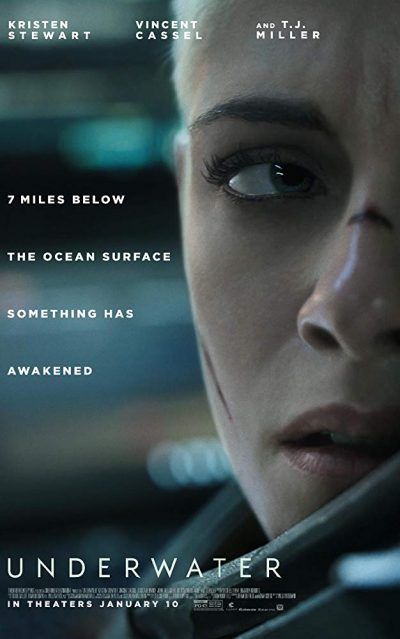 You know the story: A team of experts in a closed contained space, having to deal with ugly monsters and struggling to survive. The blue-print of this variation on Agatha Christie’s And Then There Were None (better known as: Ten Little Indians) was obviously the classic
You know the story: A team of experts in a closed contained space, having to deal with ugly monsters and struggling to survive. The blue-print of this variation on Agatha Christie’s And Then There Were None (better known as: Ten Little Indians) was obviously the classic 